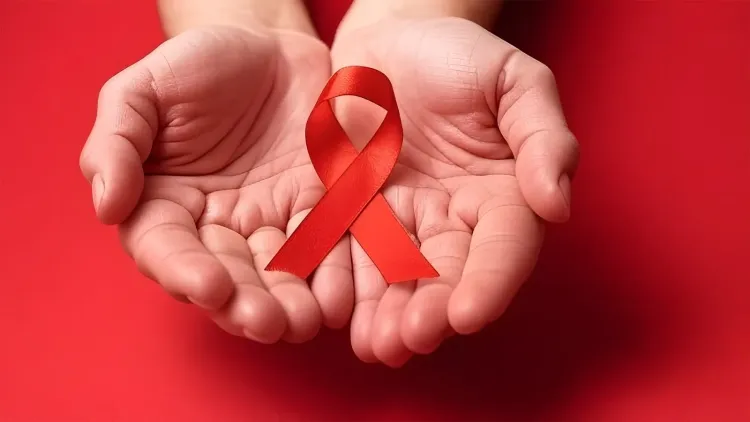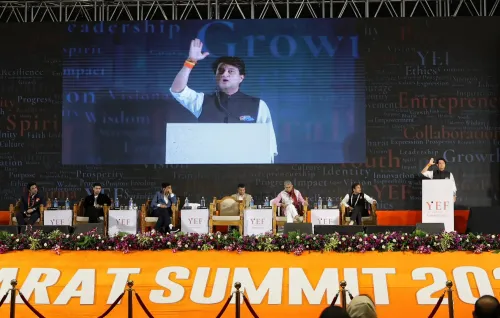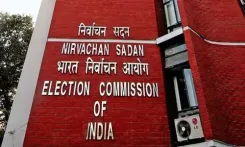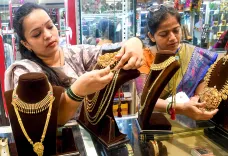How Has Mother-to-Child HIV Transmission in India Decreased by 84% from 2010 to 2024?

Synopsis
Key Takeaways
- 84% decline in mother-to-child HIV transmission in India.
- Government initiatives focus on awareness and community support.
- NACO leads efforts with over 1,600 targeted projects.
- Reduction of stigma and discrimination against PLHIV is a key goal.
- Engagement through digital platforms is significant for outreach.
New Delhi, July 23 (NationPress) The incidence of vertical transmission of HIV from mother to child has seen a remarkable decline of approximately 84 percent, as reported by Anupriya Patel, the Union Minister of State for Health and Family Welfare, during the ongoing Monsoon Session in Parliament.
In a written statement to the Rajya Sabha, Patel highlighted various initiatives undertaken by the government to improve HIV/AIDS awareness.
According to her, the rate of vertical transmission has decreased by about 74.5 percent from 2010 to 2024, compared to approximately 56.5 percent globally during the same period.
Patel emphasized that the National Aids Control Organisation (NACO), a branch of the Ministry of Health and Family Welfare, is dedicated to enhancing awareness campaigns against HIV/AIDS through extensive multimedia efforts, including information kiosks and traditional folk performances.
Utilization of digital platforms and social media is also a key strategy to engage and educate the public, particularly targeting younger, tech-savvy demographics.
Furthermore, NACO has initiated 1,619 projects across the country to assist populations at high risk for HIV.
“Key groups such as female sex workers (FSW), men who have sex with men (MSM), people who inject drugs (PWID), hijra/transgender (TG) individuals, truck drivers, and migrants are specifically supported through these targeted intervention projects,” Patel noted.
Community awareness and behavioral change are further promoted by self-help groups, anganwadi workers, ASHAs, and members of Panchayati Raj institutions who conduct training and sensitization programs at the grassroots level.
To combat discrimination against individuals living with HIV (PLHIV), NACO implements thematic campaigns aimed at raising awareness, reducing stigma, and promoting inclusivity in various environments, including workplaces, healthcare settings, educational institutions, and communities.
Additionally, “Ombudsmen have been appointed in 34 States and Union Territories to address complaints regarding discrimination against PLHIV,” the Minister of State stated, reinforcing the government's commitment to safeguarding the rights and dignity of those affected by HIV.










